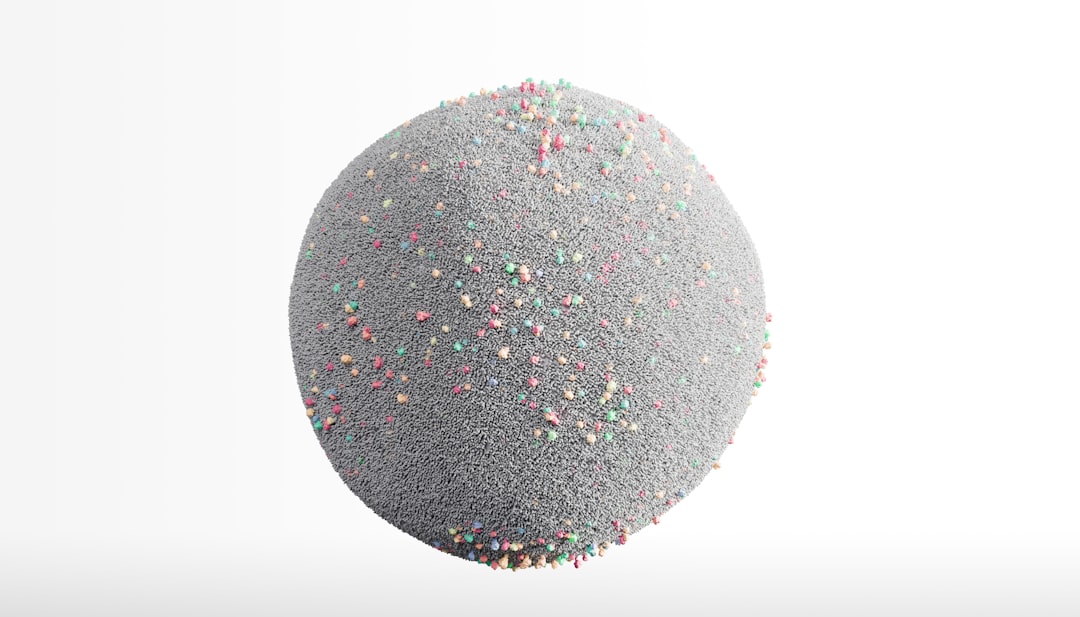What is it about?
Photocatalytic energy conversion based on semiconductors provides a promising, green approach for solving environmental and energy problems. In this work, we use Pd nanoparticles and graphene as dual cocatalysts to facilitate electron transfer process, thus enhancing the visible-light photoactivity of semiconductor indium sulfide for selective organic transformations.
Featured Image
Why is it important?
The preparation of ternary composites with dual cocatalyst often involves the introduction of the cocatalysts one-by-one. In contrast, in this work, Pd nanoparticles (cocatalyst I) were firstly anchored on the surface of graphene oxide (GO, the precursor of cocatalyst II) by a facile and clean process without the addition of surfactant and reductant. Then, the obtained GO-Pd (the precursor of dual cocatalysts) serves as a platform for the growth of semiconductor indium sulfide to synthesize ternary hybrids with enhanced photoactivity toward selective oxidation reactions.
Perspectives
I hope this work can provide some useful information for the design of multi-component composites (not limited to photocatalysts) with simplified procedures but promoted performances.
Professor Yi-Jun Xu
Fuzhou University
Read the Original
This page is a summary of: Promoting Visible-Light Photocatalysis with Palladium Species as Cocatalyst, ChemCatChem, March 2015, Wiley,
DOI: 10.1002/cctc.201500009.
You can read the full text:
Contributors
The following have contributed to this page










